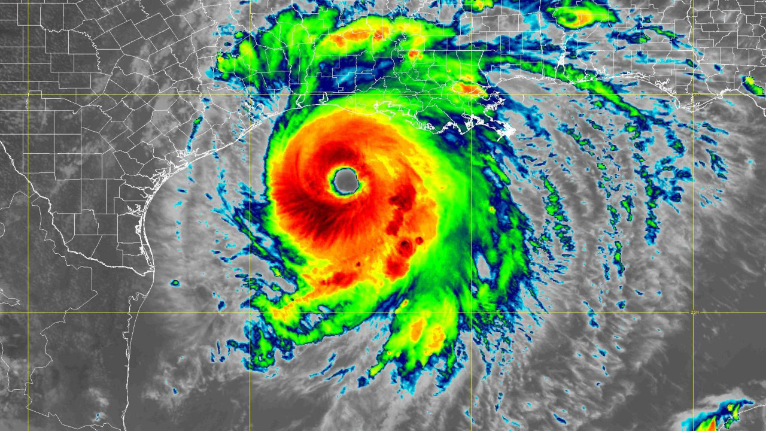As of mid-September, the 2020 Atlantic hurricane season has had a lot of named storms, but in terms of one important metric, the season has been fairly average.
In the last month as we moved into the statistical midpoint of the hurricane season, nine more named storms have formed. Now, there have been 20 named storms, and there is just one more on the list before the Greek alphabet needs to be used.
The Greek letters have only been used once before. That was in 2005 when that season ended up with 28 named storms.
About a month ago, we looked back on some of the early season systems that got names and commented about how some of the criteria for naming storms seems to have evolved.
"Lots of Named Storms, But Not a lot of Activity" dug into the early season systems that were short-lived and very weak.
Most people think of a hurricane season's activity based on the number of named storms. While that is a good metric to use, a season's true activity is measured by something called Accumulated Cyclone Energy, or ACE.
ACE is a measurement of a hurricane season based on each storm's intensity and how long it lasts. Its calculation is a little cumbersome but it gives the best indicator of activity.
ACE is calculated by squaring the storms wind speed in knots at six-hour intervals (adivsory issue times), then divided by 10,000. For example, a 35-knot (40 mph) tropical storm for one advisory would have an ACE of 0.1225.
For the 2020 hurricane season, despite there being 20 named storms, the ACE has been very close to normal to date.
As of the morning of September 15, the total Accumulated Cyclone Energy (ACE) has been 67.5975. The normal-to-date is 61.
So, this is really just a little bit above average even though there have been two-and-a-half times the normal named storms to date.
The Atlantic hurricane basin isn't the only place where there is tropical activity. There are several other basins around the world, and most of those have been way below normal to date.
Global ACE is currently at 62 percent of normal year-to-date.
And, if you were to remove some of the short-lived, weak and questionably-named systems early in the season, our ACE would be 62.
Looking back over previous years, the Accumulated Cyclone Energy has varied like many tropical variables. ACE is the best metric for the "activity" of the hurricane season. In other words, it really shows us how much tropical energy the atmosphere was able to produce during a hurricane season.
The highest total ACE was in 1933, with an ACE of 259. Second place falls to 2005, with an ACE of 250.
Since 1995, we have been in a multi-decadal period of hyperactivity in the tropical Atlantic. In that period of 25 years, four seasons have had below-average ACE, four have been in the zone of average, and 17 have been above-average, with some considered 'hyperactive".
Even if the second half of the season were to match the first half in the ACE metric, we would end up only slightly above normal in that category. It is important to mention that all of this is really just statistical analysis and doesn't speak to the potential daily, weekly, or seasonal threats of hurricanes and tropical storms to coastal areas in the tropics.
Remember, even in active seasons, coastlines could be quiet, just like in an inactive season, there could be multiple hurricanes that cross coastlines.



